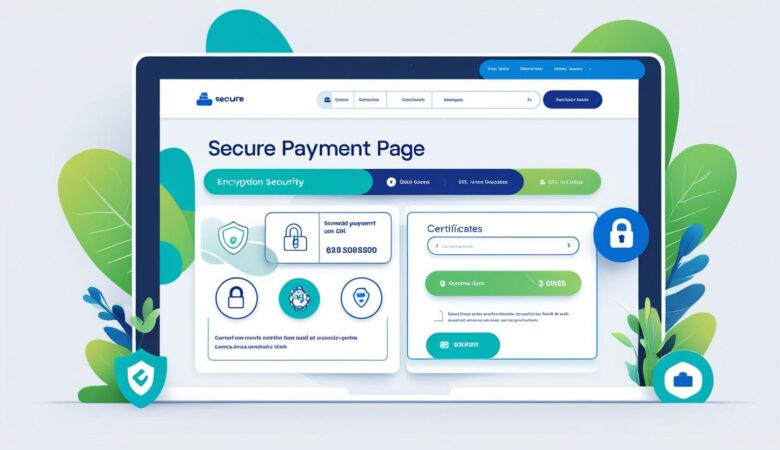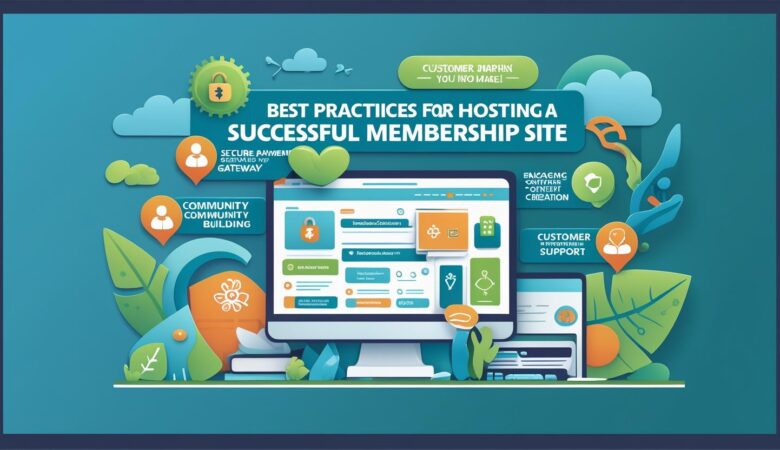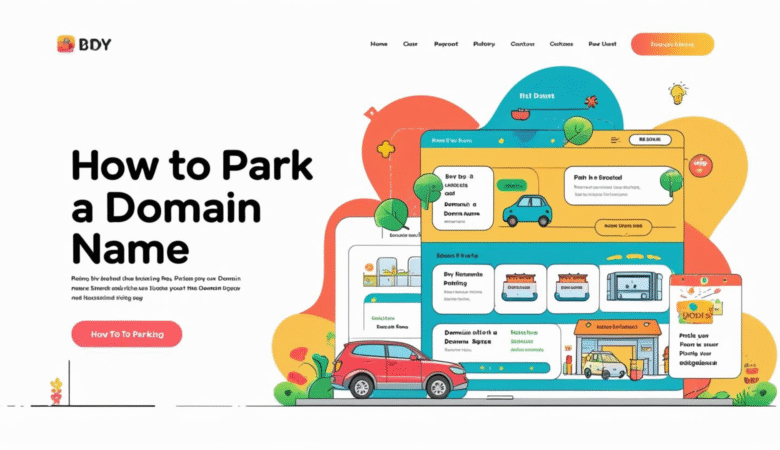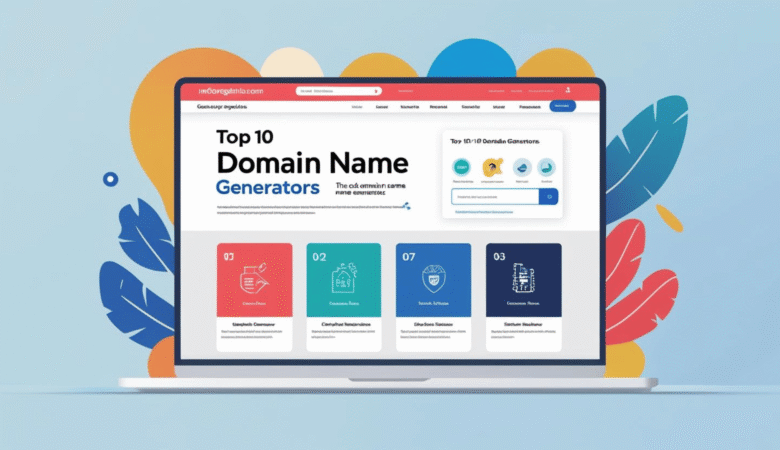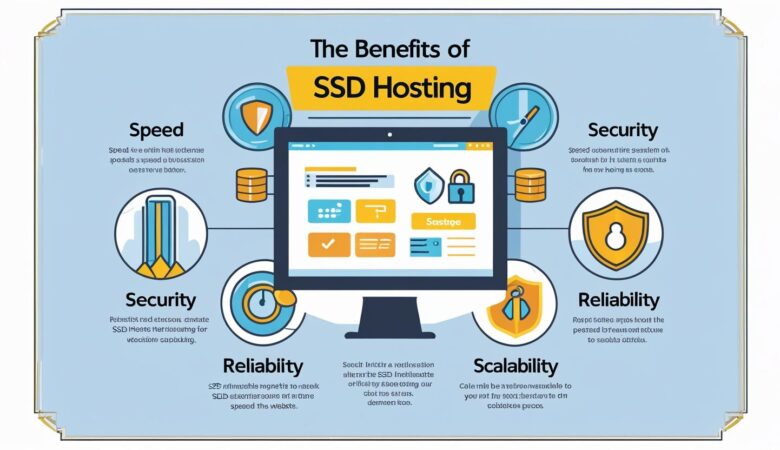How to Host a Secure Payment Page
July 19, 2025💳 Why Secure Payment Pages Matter In today’s digital economy, customers expect fast and secure online transactions. Whether you’re running an eCommerce site, donation portal, or subscription service, hosting a secure payment page is critical to protecting user data and building trust. If your payment page isn’t secure, you risk: Data breaches Lost sales Legal consequences Damaged reputation ✅ Steps to Host a Secure Payment Page 1️⃣ Choose a Reliable Web Hosting Provider Start with a host that offers: SSL certificate support Secure server configurations Regular backups DDoS protection 99.9% uptime for reliability 💡 Cloud and VPS hosting are ideal for better performance and security. 2️⃣ Install an SSL Certificate An SSL certificate (https://) encrypts the data transferred between the user’s browser and your server. Use Let’s Encrypt for free SSL or buy a premium certificate for more validation. Ensure your entire checkout flow is HTTPS-secured. 🔒 SSL is non-negotiable for handling credit card data. 3️⃣ Integrate a Trusted Payment Gateway Avoid building your own payment processor unless you are PCI-DSS certified. Instead, use third-party payment gateways that handle the heavy lifting of secure processing. Top choices: Stripe PayPal Razorpay Square Authorize.net These services handle tokenization, fraud protection, and compliance out of the box. 4️⃣ Ensure PCI Compliance If you collect or store cardholder data, Payment Card Industry Data Security Standard (PCI DSS) compliance is a must. You can: Redirect users to a PCI-compliant checkout page Use hosted forms or iFrames from payment gateways Avoid storing card data directly on your servers 5️⃣ Secure Your Website Backend Protect admin access and internal processes: Use strong, unique passwords Enable two-factor authentication (2FA) Keep all CMS/plugins updated Install firewalls and anti-malware tools 6️⃣ Display Trust Signals Build buyer confidence by displaying: SSL padlock in the address bar Payment gateway logos Trust badges (e.g., “Secured by PayPal”) Verified reviews & testimonials 🧪 7️⃣ Test Before Launching Before going live: Test the payment flow across devices Ensure all pages redirect securely (HTTPS) Check for mixed content warnings Use tools like Qualys SSL Labs to test your SSL score 🏆 Pro Tips for Boosting Payment Page Security Limit failed login attempts to prevent brute force Set up alerts for suspicious activity Use secure, PCI-compliant plugins for WordPress or WooCommerce Enable CAPTCHA on forms Back up your payment data daily (securely & encrypted) 📈 Final Thoughts A secure payment page is not just about protecting data — it’s about building trust with your users. With the right hosting, SSL setup, and payment gateway, you can create a frictionless and secure checkout experience that converts and protects.
